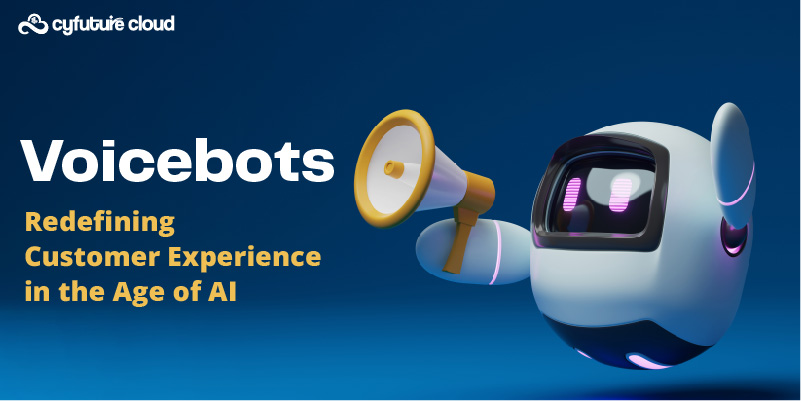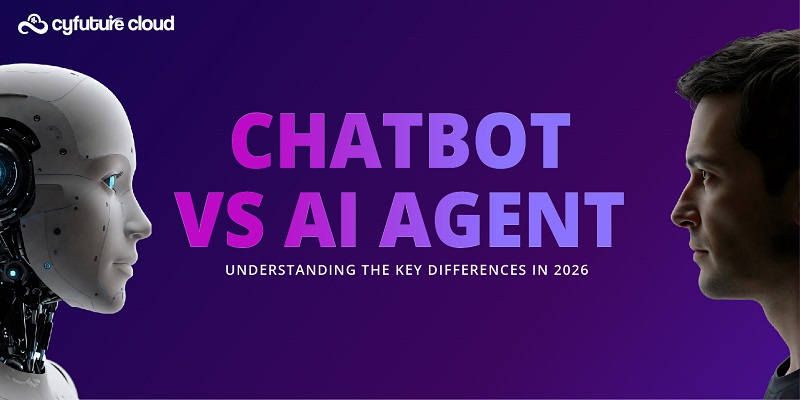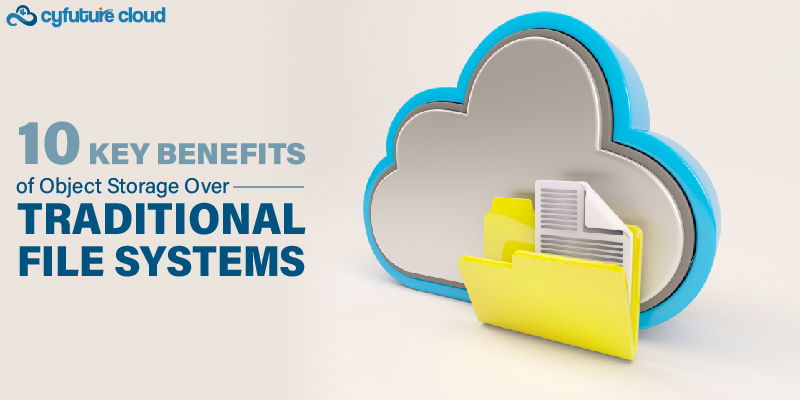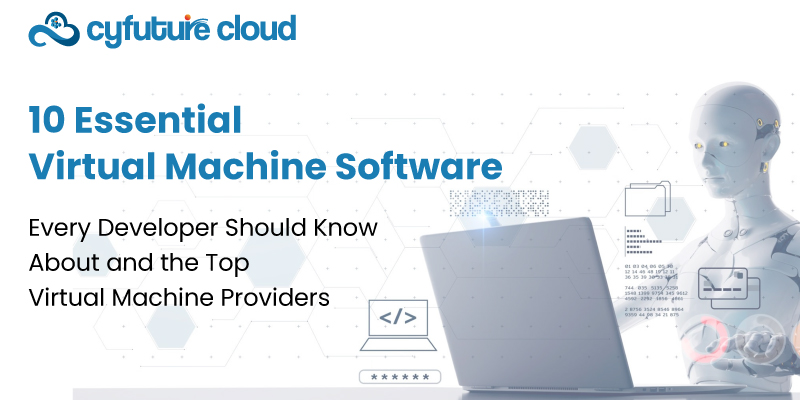Get 69% Off on Cloud Hosting : Claim Your Offer Now!
- Products
-
Compute
Compute
- Predefined TemplatesChoose from a library of predefined templates to deploy virtual machines!
- Custom TemplatesUse Cyfuture Cloud custom templates to create new VMs in a cloud computing environment
- Spot Machines/ Machines on Flex ModelAffordable compute instances suitable for batch jobs and fault-tolerant workloads.
- Shielded ComputingProtect enterprise workloads from threats like remote attacks, privilege escalation, and malicious insiders with Shielded Computing
- GPU CloudGet access to graphics processing units (GPUs) through a Cyfuture cloud infrastructure
- vAppsHost applications and services, or create a test or development environment with Cyfuture Cloud vApps, powered by VMware
- Serverless ComputingNo need to worry about provisioning or managing servers, switch to Serverless Computing with Cyfuture Cloud
- HPCHigh-Performance Computing
- BaremetalBare metal refers to a type of cloud computing service that provides access to dedicated physical servers, rather than virtualized servers.
-
Storage
Storage
- Standard StorageGet access to low-latency access to data and a high level of reliability with Cyfuture Cloud standard storage service
- Nearline StorageStore data at a lower cost without compromising on the level of availability with Nearline
- Coldline StorageStore infrequently used data at low cost with Cyfuture Cloud coldline storage
- Archival StorageStore data in a long-term, durable manner with Cyfuture Cloud archival storage service
-
Database
Database
- MS SQLStore and manage a wide range of applications with Cyfuture Cloud MS SQL
- MariaDBStore and manage data with the cloud with enhanced speed and reliability
- MongoDBNow, store and manage large amounts of data in the cloud with Cyfuture Cloud MongoDB
- Redis CacheStore and retrieve large amounts of data quickly with Cyfuture Cloud Redis Cache
-
Automation
Automation
-
Containers
Containers
- KubernetesNow deploy and manage your applications more efficiently and effectively with the Cyfuture Cloud Kubernetes service
- MicroservicesDesign a cloud application that is multilingual, easily scalable, easy to maintain and deploy, highly available, and minimizes failures using Cyfuture Cloud microservices
-
Operations
Operations
- Real-time Monitoring & Logging ServicesMonitor & track the performance of your applications with real-time monitoring & logging services offered by Cyfuture Cloud
- Infra-maintenance & OptimizationEnsure that your organization is functioning properly with Cyfuture Cloud
- Application Performance ServiceOptimize the performance of your applications over cloud with us
- Database Performance ServiceOptimize the performance of databases over the cloud with us
- Security Managed ServiceProtect your systems and data from security threats with us!
- Back-up As a ServiceStore and manage backups of data in the cloud with Cyfuture Cloud Backup as a Service
- Data Back-up & RestoreStore and manage backups of your data in the cloud with us
- Remote Back-upStore and manage backups in the cloud with remote backup service with Cyfuture Cloud
- Disaster RecoveryStore copies of your data and applications in the cloud and use them to recover in the event of a disaster with the disaster recovery service offered by us
-
Networking
Networking
- Load BalancerEnsure that applications deployed across cloud environments are available, secure, and responsive with an easy, modern approach to load balancing
- Virtual Data CenterNo need to build and maintain a physical data center. It’s time for the virtual data center
- Private LinkPrivate Link is a service offered by Cyfuture Cloud that enables businesses to securely connect their on-premises network to Cyfuture Cloud's network over a private network connection
- Private CircuitGain a high level of security and privacy with private circuits
- VPN GatewaySecurely connect your on-premises network to our network over the internet with VPN Gateway
- CDNGet high availability and performance by distributing the service spatially relative to end users with CDN
-
Media
-
Analytics
Analytics
-
Security
Security
-
Network Firewall
- DNATTranslate destination IP address when connecting from public IP address to a private IP address with DNAT
- SNATWith SNAT, allow traffic from a private network to go to the internet
- WAFProtect your applications from any malicious activity with Cyfuture Cloud WAF service
- DDoSSave your organization from DoSS attacks with Cyfuture Cloud
- IPS/ IDSMonitor and prevent your cloud-based network & infrastructure with IPS/ IDS service by Cyfuture Cloud
- Anti-Virus & Anti-MalwareProtect your cloud-based network & infrastructure with antivirus and antimalware services by Cyfuture Cloud
- Threat EmulationTest the effectiveness of cloud security system with Cyfuture Cloud threat emulation service
- SIEM & SOARMonitor and respond to security threats with SIEM & SOAR services offered by Cyfuture Cloud
- Multi-Factor AuthenticationNow provide an additional layer of security to prevent unauthorized users from accessing your cloud account, even when the password has been stolen!
- SSLSecure data transmission over web browsers with SSL service offered by Cyfuture Cloud
- Threat Detection/ Zero DayThreat detection and zero-day protection are security features that are offered by Cyfuture Cloud as a part of its security offerings
- Vulnerability AssesmentIdentify and analyze vulnerabilities and weaknesses with the Vulnerability Assessment service offered by Cyfuture Cloud
- Penetration TestingIdentify and analyze vulnerabilities and weaknesses with the Penetration Testing service offered by Cyfuture Cloud
- Cloud Key ManagementSecure storage, management, and use of cryptographic keys within a cloud environment with Cloud Key Management
- Cloud Security Posture Management serviceWith Cyfuture Cloud, you get continuous cloud security improvements and adaptations to reduce the chances of successful attacks
- Managed HSMProtect sensitive data and meet regulatory requirements for secure data storage and processing.
- Zero TrustEnsure complete security of network connections and devices over the cloud with Zero Trust Service
- IdentityManage and control access to their network resources and applications for your business with Identity service by Cyfuture Cloud
-
-
Compute
- Solutions
-
Solutions
Solutions
-
 Cloud
Hosting
Cloud
Hosting
-
 VPS
Hosting
VPS
Hosting
-
GPU Cloud
-
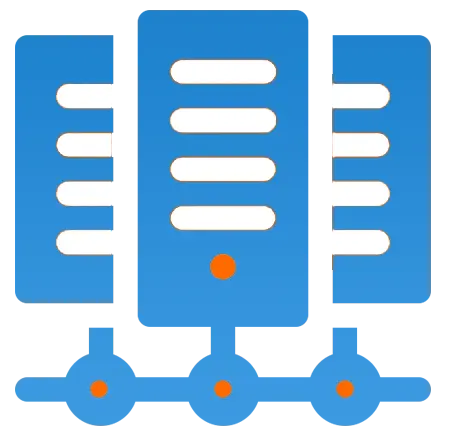 Dedicated
Server
Dedicated
Server
-
 Server
Colocation
Server
Colocation
-
 Backup as a Service
Backup as a Service
-
 CDN
Network
CDN
Network
-
 Window
Cloud Hosting
Window
Cloud Hosting
-
 Linux
Cloud Hosting
Linux
Cloud Hosting
-
Managed Cloud Service
-
Storage as a Service
-
 VMware
Public Cloud
VMware
Public Cloud
-
 Multi-Cloud
Hosting
Multi-Cloud
Hosting
-
 Cloud
Server Hosting
Cloud
Server Hosting
-
 Bare
Metal Server
Bare
Metal Server
-
 Virtual
Machine
Virtual
Machine
-
 Magento
Hosting
Magento
Hosting
-
Remote Backup
-
 DevOps
DevOps
-
 Kubernetes
Kubernetes
-
 Cloud
Storage
Cloud
Storage
-
NVMe Hosting
-
 DR
as s Service
DR
as s Service
-
-
Solutions
- Marketplace
- Pricing
- Resources
- Resources
-
By Product
Use Cases
-
By Industry
- Company
-
Company
Company
-
Company
Saving Cloud Costs with Docker Orchestration: Real-world Examples
Table of Contents
Docker orchestration involves managing and scaling multiple Docker containers across a network of machines. This practice enables the automation of deployment, scaling, and monitoring of containerized applications. Tools such as Kubernetes, Docker Swarm, and Apache Mesos are crucial for handling these containerized applications. They provide a robust platform for deploying, scaling, monitoring, and managing Docker containers, applications, and services across a network of machines or servers.
In the context of cost efficiency, azure container orchestration savings offer significant savings, while Docker cloud pricing provides flexible options to meet diverse business needs. By leveraging these tools, you can optimize your container management strategies and enhance the efficiency and scalability of your applications.
In this blog, we will delve into the essential practice of Docker orchestration, which involves managing and scaling numerous Docker containers across a network of machines.
Let’s get started!
Companies that saved cloud costs by migrating to Docker orchestration
Docker orchestration has witnessed a surge in popularity among organizations aiming to enhance their application deployment and management procedures while concurrently cutting expenses. This orchestration, encompassing tools and services, streamlines the automation of containerized application deployment, scaling, and administration. Prominent examples include Docker Swarm and Kubernetes. In this article, we will explore concrete instances of enterprises that have achieved cost savings through their transition to Docker orchestration.
PayPal
PayPal, a renowned online payment solutions provider, made a significant shift in 2016 by transitioning its infrastructure to Docker containers and adopting Kubernetes orchestration. This strategic move resulted in a remarkable 90% reduction in application deployment time, translating into approximately $30 million in infrastructure cost savings. Moreover, PayPal’s embrace of Docker orchestration not only boosted application performance but also streamlined the scalability of its applications.
Visa
Visa, a global leader in financial services, embarked on a journey to migrate its entire infrastructure to Docker containers and embrace Kubernetes orchestration. This transformative migration slashed deployment times from weeks to mere hours, enhancing system availability while concurrently reducing operational expenses.
MetLife
MetLife, a prominent insurance provider offering life insurance, annuities, and employee benefits, harnessed Docker orchestration for its application development and deployment in 2018. This strategic shift yielded a substantial 30% reduction in infrastructure costs, accompanied by improved application performance and accelerated time-to-market for new products. Additionally, Docker orchestration empowered MetLife to optimize resource management and enhance the efficiency of application scaling.
Spotify
Spotify, the popular music streaming service with an extensive infrastructure, adopted Docker containers and Kubernetes orchestration in 2014 to manage its operations. This transformative decision led to a remarkable 75% reduction in server costs and an impressive 90% reduction in deployment time. Spotify’s embrace of Docker orchestration streamlined resource management and accelerated application scaling, facilitating rapid feature deployment and enhancing service reliability.
Capital One
Capital One, a prominent bank offering credit cards, loans, and banking services, made a strategic shift in 2018 by migrating its application infrastructure to Docker containers and Kubernetes orchestration. This move translated into annual savings of over $10 million in infrastructure costs. Additionally, it improved application deployment efficiency and reduced the frequency of outages, bolstering the bank’s overall operational excellence.
Common Reasons for Adopting Docker Orchestration
Companies often turn to Docker orchestration for several key reasons:
- Efficient Resource Utilization: Docker orchestration optimizes resource utilization by managing containers on a single machine or across multiple machines. This approach can lead to significant hardware and infrastructure cost savings.
- Simplified Deployment: Docker orchestration tools provide a unified and straightforward approach to application deployment and management. This streamlines processes, saving both time and money in application development and deployment.
- Scalability: Docker orchestration enables dynamic scaling of containers based on demand, ensuring efficient resource utilization. This helps companies save costs by using only the necessary resources at any given time.
- High Availability: Orchestration tools maintain high availability by automatically replacing failed containers with new ones, minimizing downtime and preventing revenue loss.
- Improved Developer Productivity: Docker orchestration simplifies application development, testing, and deployment, boosting developer productivity and reducing associated time and costs.
- Security: Docker orchestration offers security features, such as network isolation and access controls, enhancing application and data security to mitigate the risk of data breaches and other security threats.
In summary, companies adopt Docker orchestration to enhance application deployment and management, reduce costs, and bolster the reliability and security of their applications. The benefits encompass scalability, automation, high availability, resource optimization, portability, and security.
Best Practices for Implementing Docker Orchestration
Transitioning to Docker orchestration involves careful planning and consideration of various factors. Here are some essential steps to ensure a successful adoption:
- Containerize Your Application: Begin by containerizing your application using a Dockerfile to create a container image containing your application and its dependencies.
- Select an Orchestration Tool: Choose an orchestration tool that aligns with your organization’s specific needs and requirements. Options include Kubernetes, Docker Swarm, and Apache Mesos.
- Set Up Your Docker Environment: Install Docker on your servers or machines, establish a Docker registry for storing container images, and configure Docker networking.
- Deploy and Manage Containers: Leverage your chosen orchestration tool to deploy and manage containers across your machine or server cluster. This encompasses defining services, configuring load balancing, and efficiently scaling your application as needed.
- Monitor and Troubleshoot: Implement robust monitoring and troubleshooting practices. Employ logging and monitoring tools to track application performance, identify potential bottlenecks, and fine-tune your Docker environment for maximum efficiency.
Conclusion
In conclusion, Docker orchestration stands as a potent solution for managing and scaling containerized applications within a distributed environment. Its numerous benefits encompass scalability, automation, high availability, resource optimization, portability, and security. Notable companies like PayPal, Groupon, MetLife, Spotify, and Capital One have successfully harnessed Docker orchestration to streamline resource management, enhance application scalability, and reduce infrastructure cloud costs. As organizations increasingly adopt this technology, meticulous planning and expert guidance become paramount for a seamless transition.
Recent Post

Stay Ahead of the Curve.
Join the Cloud Movement, today!
© Cyfuture, All rights reserved.
Send this to a friend

 Pricing
Calculator
Pricing
Calculator
 Power
Power
 Utilities
Utilities VMware
Private Cloud
VMware
Private Cloud VMware
on AWS
VMware
on AWS VMware
on Azure
VMware
on Azure Service
Level Agreement
Service
Level Agreement 









